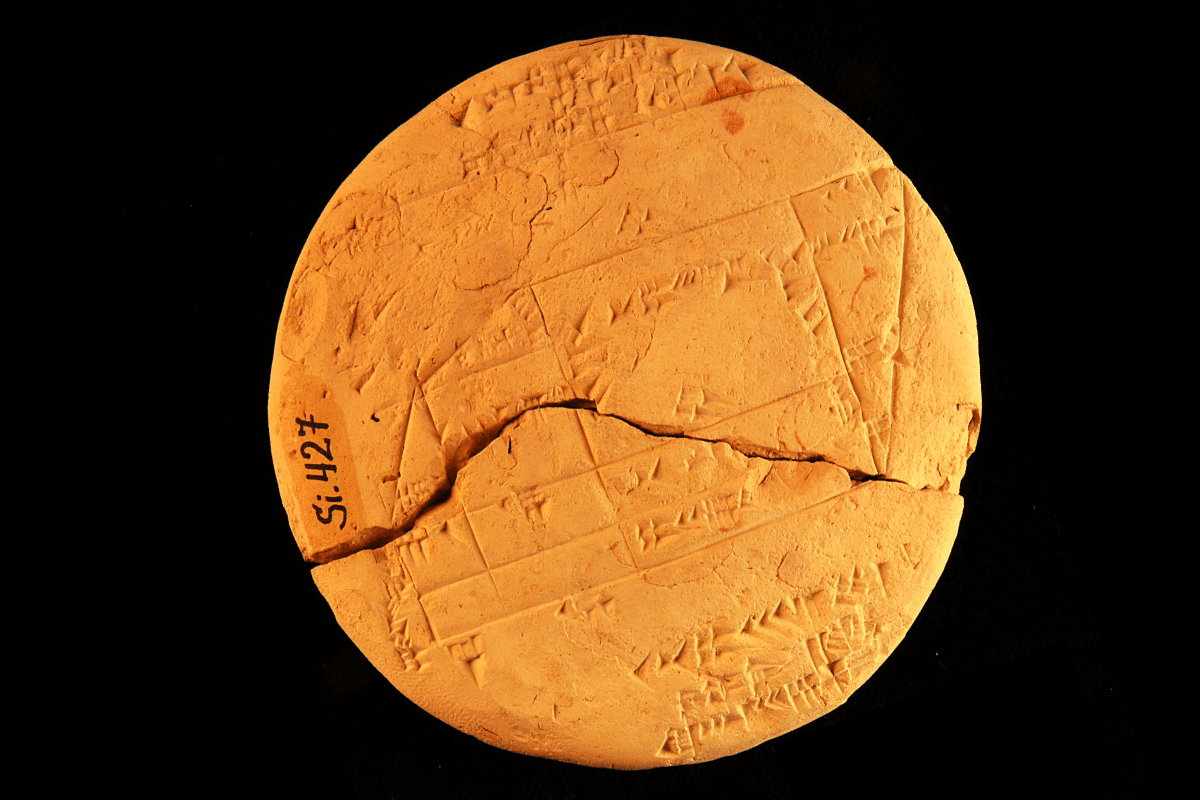News
Necessity Is the Mother of Invention, and Has Been for Over 3,500 Years
And that is an ancient cultural surprise worth celebrating. Far more than imaginary Gods, Ravens, and Spirits.

It is comforting to imagine that our modern sensibilities distinguish us from our ancient ancestors, but when it comes to human societies, it seems the more things change, the more they stay the same. Our knowledge of the workings of the world has improved immensely, but our personal experience of it, not so much. Our ancestors likely shared many of the same fears and wonders we have, from stiffening at the sound of possible predators in the night to marveling at the majesty of the night sky.
Fear and awe combined then, as they continue to do now, into myths about the creation and control of the world. The Babylonians and Mesopotamians had the Enūma Eliš, (the inspiration for the later Hebrew Book of Genesis) with its battle between Gods Marduk and Tiamet creating the Tigris and Euphrates rivers followed by the creation of the heavens and Earth. Australian Aborigines had their Great Father of all Spirits waking the Sun Mother to light the Earth and create plants and animals. And the Inuit in what is now North America had a Raven, who makes the world and brings light.
It has become fashionable in the West to focus on these ancient fairy tales and associated ancient artifacts as a way to demonstrate the value of these cultures and to guard against further assimilation. Perhaps instead we should celebrate the remarkable efforts of these early societies to overcome the challenges of the real world rather than the invention of imaginary ones.
One merely has to gaze at the seeming modernity of the artistic 30,000 year-old cave paintings in the Chauvet cave captured so beautifully in Werner Herzog’s Cave of Forgotten Dreams, to realize that early modern hominids were far more aware of nature than we often give them credit for. Remarkable tools were developed to aid in the communal hunting and killing of large prey. Clever adaptations to living in the harsh environments of the arctic, or the arid heat of the Australian continent helped societies survive and grow, even through periods of significant environmental variation.
We celebrate the modernity of the ancient Greeks, through their geometric discoveries by giants such as Pythagoras and Euclid—which ultimately provided the tools for the development of modern science—but a recent analysis by an Australian mathematician demonstrates that ancient Babylonians, a millennium before Pythagoras, had learned how to apply some key geometric concepts in order to handle what was a vital economic problem, dividing and surveying agricultural tracts of land.

The analysis involved a 3,700 year-old clay tablet known as Si.427, discovered in the 19th century in what is now Iraq and housed in a museum in Istanbul. It bears a figure measuring the boundaries of some land.
Previously, analysis of another tablet, Plimpton 322, from this same period, had demonstrated that Babylonians were aware of sets of numbers we now call Pythagorean triples.
As properly educated school children today know, the sides of a right triangle (a triangle with one 90 degree angle) have lengths determined by the Pythagorean relationships a2 + b2 = c2, where a and b are the sides of the triangle containing the right angle, and c is the opposite side, called the hypotenuse. This works certain integer combinations, such as 3,4,5 or 5,12,13 or 8,15,17. These are called Pythagorean triples.
Plimpton 322 was known to contain such triples (indeed, the three combinations given above) but what their purpose was, was not known.
Writing in the journal Foundations of Science, Daniel Mansfield of the University of New South Wales in Sydney has convincingly argued that these triples were not used as an ancient teacher’s list of school problems, but rather to solve a real-world problem in surveying.
Creating rectangular blocks of land in surveying requires having parallel lines of precisely the same length connected by a perpendicular border at each end. In ancient Babylon, land ownership began to shift from institutions to individuals, and this inevitably led to boundary disputes. Mansfield quotes from an ancient poem about such a dispute, where one scribe accuses another of not being able to properly figure out the shape of a field, to which the other scribe retorts: “When I go to apportion a field, I can apportion the pieces so that when wronged men have a quarrel, I soothe their hearts.”
One can build up rectangular shapes with opposite sides of precisely equal length by putting together right triangles. Having handy sets of Pythagorean triples would therefore enable accurate apportioning of property. The property in question in Si.427 used the triples, 5,12,13 and 8,15,17.
Babylonian knowledge of such triples does not take away from the significance of Pythagoras’s beautiful mathematical generalization. Surely this earlier culture had not developed geometry as a mathematical discipline. Yet, presumably by trial and error, motivated by the need to solve a real-world problem that presumably had become acute, the Babylonians had learned what works.
And that is an ancient cultural surprise worth celebrating. Far more than imaginary Gods, Ravens, and Spirits.






